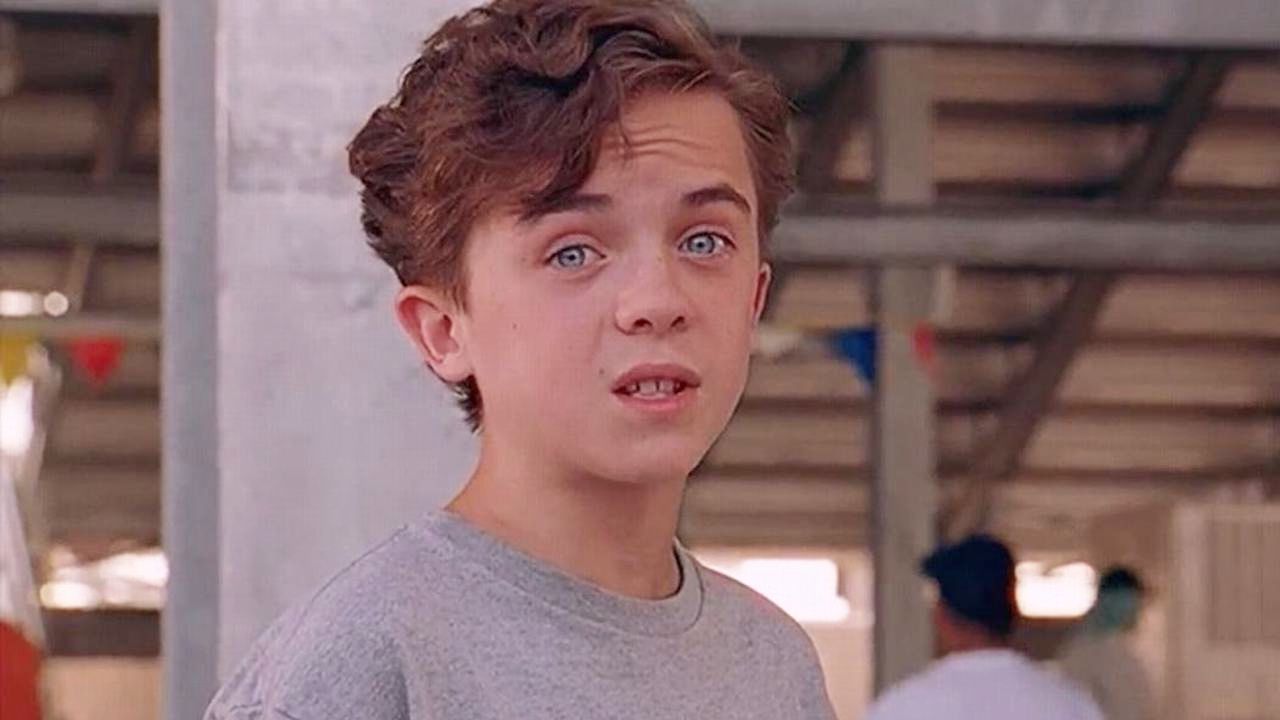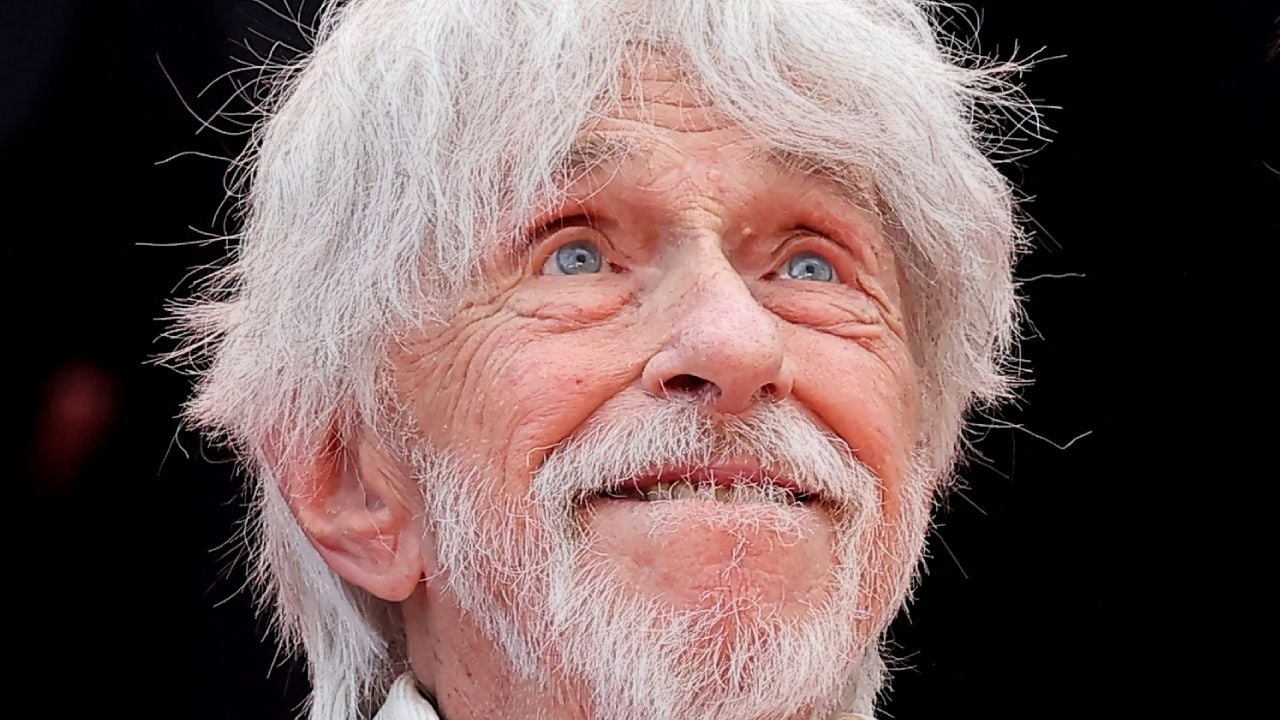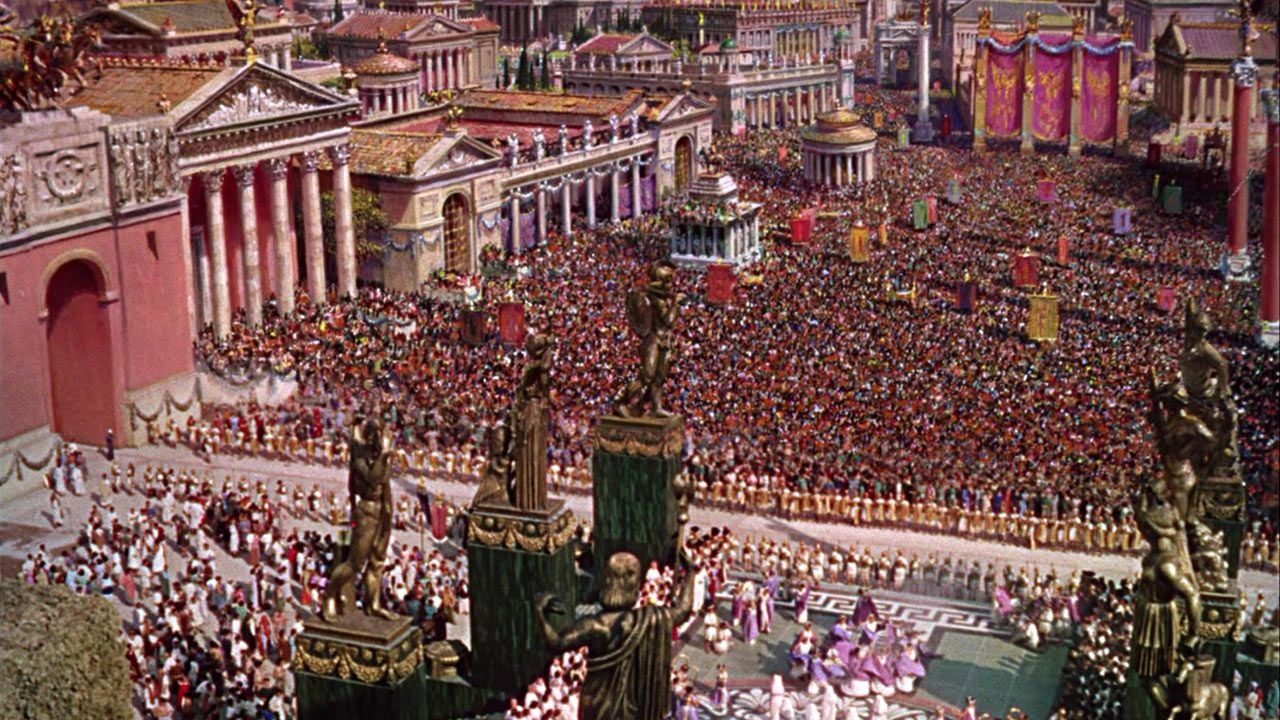Deadpool, Marvel Comics’ loud-mouthed mercenary, has captured the hearts of fans over the decades with his unique personality, acerbic humor, and formidable abilities. From his first appearance in comics to his consecration on cinema screens, Deadpool has undergone a remarkable evolution that reflects not only visual and narrative changes, but also a notable cultural impact. In this article we will explore this fascinating journey through the different formats in which Deadpool has manifested himself: comics, cartoons, video games and films.
Deadpool in the comics
Created by Rob Liefeld and Fabian Nicieza, Deadpool made his comic book debut in 1991, in “The New Mutants” #98. Originally conceived as an evil mercenary, Wade Wilson, Deadpool’s alter ego, quickly transformed into one of Marvel’s most charismatic and unpredictable characters. His Wolverine-like regenerative ability made him virtually immortal, while his talent for martial arts and arsenal of weapons ensured he was never bored.
Over the years, writers have explored many facets of the Merc with a Mouth, from his comedic side to his surprisingly human emotional depths. His breaking of the fourth wall – the habit of addressing the reader directly – has become a trademark, providing hilarious moments and metafictional reflections on his very existence in comics.
Deadpool in cartoons and animations
Deadpool’s popularity in comics soon led him to other media, including cartoons and animation. One of his first notable appearances was in the 1990s animated series “X-Men: The Animated Series”, where he made some memorable appearances, often maintaining his trademark sarcastic and humorous tone.
However, it is in the animated series “Ultimate Spider-Man” that Deadpool really finds his space. Here he is portrayed as an eccentric anti-hero, perfectly in line with his comic book counterpart. His interactions with other Marvel characters, particularly Spider-Man, produced moments of comedy and action that captivated both young viewers and older fans.
Deadpool in games
Video games have always been fertile ground for superheroes, and Deadpool is no exception. His first significant foray was in the game “Deadpool”, released in 2013 by High Moon Studios. The game perfectly captures Deadpool’s irreverent style, combining fast-paced action with sarcastic and funny dialogue. Players experienced Deadpool’s acrobatic abilities and deadly arsenal in an original narrative that pays homage to his comic book career.

Additionally, Deadpool has appeared in other popular games such as “Marvel vs. Capcom 3” and “Marvel Ultimate Alliance 3,” where his unique abilities and vibrant personality have made him a beloved character among fans of fighting and adventure.
The chatty mercenary in cinemas
The definitive consecration of the antihero came with his solo films. In 2016, “Deadpool,” directed by Tim Miller, surprised the film world by becoming a resounding box office success. Ryan Reynolds embodied the character perfectly, capturing its irreverent essence and masterfully breaking the fourth wall. The film was praised for its fresh and uncompromising approach to superhero films, as well as its faithfulness to the spirit of the comic book character.
The success of “Deadpool” inevitably led to a sequel, “Deadpool 2” (2018), which further expanded the character’s universe and introduced new elements and characters, such as Cable and Domino. Both films established Deadpool as a cultural icon, so much so that a third film is about to be released, bringing with it the return of Hugh Jackman to the role of Wolverine.

The future and cultural impact of the antihero
In addition to his popularity among comic book fans, Deadpool has had a significant cultural impact. He defied traditional superhero conventions by being a flawed antihero, often doing morally questionable things in the name of his own interests. His outspokenness and lack of filter made him a polarizing but also refreshing character in a genre dominated by idealized heroes.
Deadpool’s approach has also influenced the way superhero films are made. His success has led studios to consider more innovative storylines and higher age ranges for superhero films, paving the way for greater diversity and experimentation within the genre.
In conclusion, Deadpool is much more than just a fun and irreverent antihero. He represents an evolution in the way superheroes are perceived and consumed by the public. His journey from comics to films and beyond exemplifies how a character can grow and adapt without losing their essence. With his unique ability to connect with audiences, Deadpool will continue to be a central figure in the superhero universe for years to come.
The post Comics, animations and films: the evolution of Deadpool over the years appeared first on Olhar Digital.
Source: Olhar Digital
Rose James is a Gossipify movie and series reviewer known for her in-depth analysis and unique perspective on the latest releases. With a background in film studies, she provides engaging and informative reviews, and keeps readers up to date with industry trends and emerging talents.



![Such a wonderful sun in advance: Summary of the Episode on Monday, Monday, Monday 22, Monday, September 22, Monday [SPOILERS] Such a wonderful sun in advance: Summary of the Episode on Monday, Monday, Monday 22, Monday, September 22, Monday [SPOILERS]](https://fr.web.img6.acsta.net/img/29/2a/292a2052bcdfc4ca2838ac8d80b3f296.jpg)


